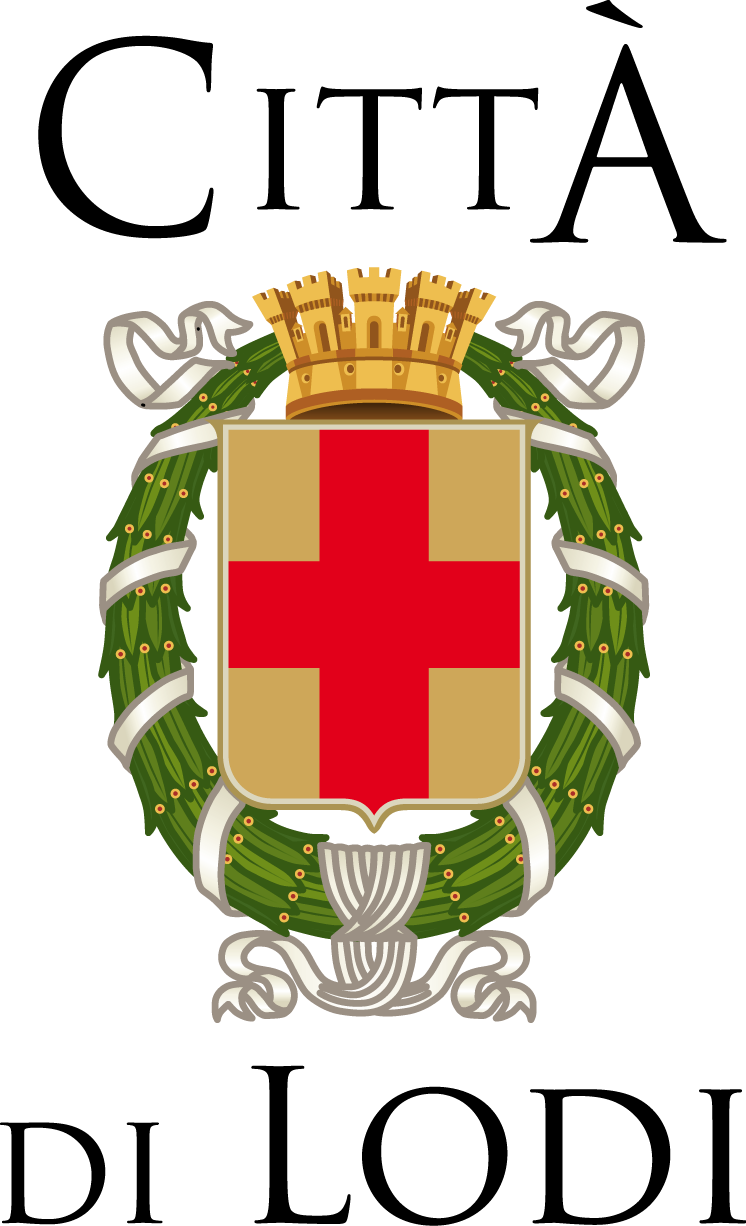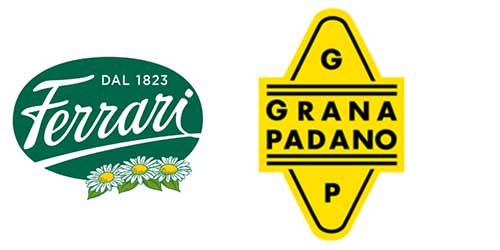Platea Palazzo Galeano presents "DE RERUM NATURA UMANA," a solo exhibition by artist Vittoria Mazzonis, the fourth and final episode of the first exhibition schedule dedicated to young artists launched in June with Marcello Maloberti's "Trionfo dell’Aurora," an intervention carried out in collaboration with the Galleria Raffaella Cortese in Milan.
“De Rerum Natura Umana" is a site-specific installation that organically occupies the spaces of Platea and includes a photographic series arranged with prints of different formats and paper components that appear as large rolls of drawings—surfaces waiting to collect new annotations—or, as the artist defines them, "windows" that also embrace the void, the possibility of adding new visions to the proposed narrative.
The installation, marked by longitudinal and vertical directions, seems to catapult the observer into a wunderkammer of extraordinary natural elements that, however, lead to an investigation that is all internal.
The exhibition project takes shape after a long period of study and research in the territory, aimed at collecting and cataloging objects that have become the elements of fantastic natural compositions depicted in the exhibited photographs, documenting them with an almost taxonomic attention.
The title of the exhibition refers to the didactic poem by Tito Lucrezio Caro "De rerum natura," borrowing from the fascination with this work of the 1st century B.C the discourse on the knowledge of nature, focusing, however, on humanity, observed in the dense and complex system of relationships that makes it all one large body.
This concept recurs throughout Vittoria Mazzonis' practice and crystallizes in a single, overarching research that underlies all her work: identity. The discovery and analysis of one's origins, questioning what one's place in the world is, what characterizes an individual and makes them different from others.
Francesca Grossi: The natural element is the primary subject of your artistic research. Tell me how your interest in this subject emerged and what kind of creative process is triggered in relation to these elements.
Vittoria Mazzonis: The interest in this type of subject arose because the natural element, part of the territory in which I live, is the means through which I can fill an existential void that characterizes my identity. Initially with an observational approach, then taxonomic, and finally artistic, this investigation is increasingly expanding, embracing fields of study ranging from philosophy to anthropology, from ecology to biology. The natural element is a fundamental part of my identity construction; it is in the confrontation with this external element that I identify a key to understanding existence.
FG: The relationship between the natural and industrial elements that emerges in your photographs is interesting. There is a perception of a search for balance that never seems truly stable but often precarious.
VM: Rather than an industrial element, I prefer to conceive it as anthropized, created by humans. In my installations, I seek to reflect my interiority. The natural element, constantly changing, and the "artificial" one, almost immovable, intertwine in a precarious balance that has its delicate and fragile complexity. One element needs the other, but the two must learn to coexist to live in a relationship of mutual exchange.
FG: The materials used for the De rerum natura umana project all come from the province of Lodi. What importance does the territory have in your works?
VM: The role with the territory has been fundamental not only to realize this site-specific installation but is a cornerstone of my research. This relationship is necessary for the identity construction I am pursuing—a journey of knowledge that allows me to create connections with the places where I live. This need arises from the lack of knowledge about my family origins, an intertwining of different Italian regions and the southern Spanish region, which I have never been able to unravel—a existential void that I try to fill through my artistic practice.
FG: Your exhibition concludes the first exhibition schedule dedicated to young artists. How did you experience this collaboration with the Platea Palazzo Galeano space?
VM: It was a comprehensive learning experience. I am infinitely grateful to Claudia Ferrari, who made herself available well beyond what was expected, to help me in the research and realization of the work, giving me valuable advice on the arrangement of the Lodi territory. Furthermore, being able to continually interact with personalities such as Marcello Maloberti, Carlo Orsini, and Francesca Grossi has been a very important human experience, as well as from a professional standpoint.
BIO
Vittoria Mazzonis was born in Turin in 1997. Graduated in Painting and Visual Arts from NABA, Milan, she currently studies at Iuav in Venice. Her work is strongly influenced by philosophical thought and literature. Her research starts from the concept of identity, understood as origin and place of belonging. She expresses herself through the use of photography, sculptural installation, and the use of natural elements, always present in her works, along with multiple autobiographical references.




| Cookie | Duration | Description |
|---|---|---|
| cookielawinfo-checkbox-analytics | 11 months | This cookie is set by GDPR Cookie Consent plugin. The cookie is used to store the user consent for the cookies in the category "Analytics". |
| cookielawinfo-checkbox-functional | 11 months | The cookie is set by GDPR cookie consent to record the user consent for the cookies in the category "Functional". |
| cookielawinfo-checkbox-necessary | 11 months | This cookie is set by GDPR Cookie Consent plugin. The cookies is used to store the user consent for the cookies in the category "Necessary". |
| cookielawinfo-checkbox-others | 11 months | This cookie is set by GDPR Cookie Consent plugin. The cookie is used to store the user consent for the cookies in the category "Other. |
| cookielawinfo-checkbox-performance | 11 months | This cookie is set by GDPR Cookie Consent plugin. The cookie is used to store the user consent for the cookies in the category "Performance". |
| viewed_cookie_policy | 11 months | The cookie is set by the GDPR Cookie Consent plugin and is used to store whether or not user has consented to the use of cookies. It does not store any personal data. |
Platea Palazzo Galeano:
Corso Umberto 46, Lodi, 26900
email: info@platea.gallery
whatsapp: +39 351 149 8258